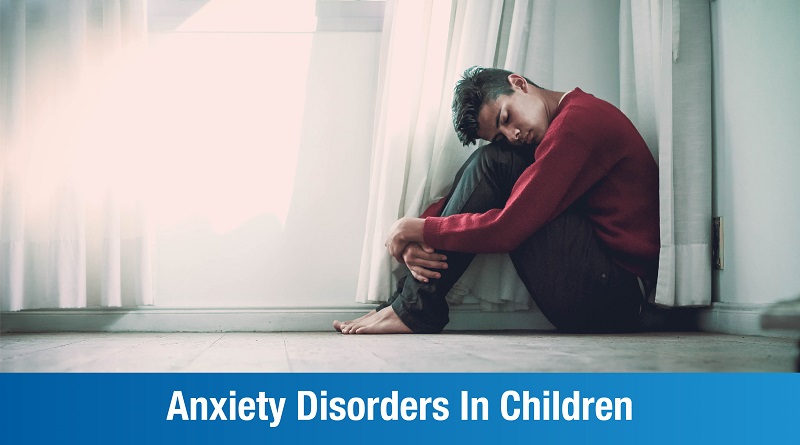
Every child will have the occasional attack of stage fright or a phase when they might fear monsters under their bed. If these continue to happen regularly for years on end however, it might be time to take a closer look. Anxiety in children can be debilitating for their social life and affect their performance at school, while increasing the risk of poor mental health. With the right treatment however, children can learn to control the symptoms and gain more confidence. Here, we offer a quick guide to what childhood anxiety disorders look like and how to treat them.
Understanding Childhood Anxiety Disorders
Childhood anxiety disorders are conditions that cause excessive fear and worry in children and negatively impact their behaviour, moods, and sleep patterns. Such disorders can affect their interactions and activities at home and school, and cause physical symptoms like dizziness or shortness of breath. Some of the common types of childhood anxiety disorders include:
-
Generalized anxiety disorder:
This causes children to worry excessively about ordinary things like homework and tests, as well as other things like recess, riding the bus, illness, wartime, or losing a loved one. Children with this disorder often have trouble focusing in class or sleeping well, as well as trouble relaxing or having fun, even when doing things they like.
-
Social anxiety disorder:
This causes children to feel extreme anxiety about what others will say or think about them. They may try to avoid being the centre of attention at any cost and will typically have trouble answering in class or being called upon to present an assignment. Children with social anxiety disorder may complain of dizziness, lightheadedness, or shortness of breath before going to school or to meet others.
-
Separation anxiety disorder:
This causes children to feel excessively anxious about being away from their parents or caregiver. They may refuse to go to school, playdates, or other social settings, and may cry or pretend to feel sick if they are compelled to go.
-
Selective mutism:
This is an extreme form of social anxiety that makes children unable to talk in social settings. However, this doesn’t mean that children never talk, simply that they can only talk at home or around people they are comfortable with.
-
Panic disorder:
This is more common in adolescents than in young children. It involves sudden anxiety attacks that cause shortness of breath, lightheadedness, a racing heart-rate, and feeling jittery.
-
Phobias:
A phobia is an extreme and lasting fear of the dark, thunderstorms, insects, blood, needles, or other things. While it is normal for children to feel afraid of certain things, a phobia involves strong terror that inhibits the child’s normal activity. For instance, a child afraid of needles may refuse to go to the doctor altogether, and may panic even when seeing needles on TV.
Cause of Childhood Anxiety Disorders
There is often no clear-cut reason behind anxiety in children. Circumstances that could make one child anxious could leave another child unfazed. Some possible causes of childhood anxiety disorders include:
- Brain chemistry: Conditions or genetics that inhibit the way neurotransmitters work could lead to heightened emotion and anxiety
- Family history: Children with immediate family relatives who have had an anxiety disorder are more likely to have one too
- Learned behaviour: Children growing up in a family where everyone is anxious or ‘on edge’ all the time may pick up those behaviours
- Life situations: The death of a loved one, serious illness, parents’ divorce, abuse, or bullying can lead children to develop anxiety disorders
Treatment for Anxiety Disorders in Children
The most common form of treatment that doctors will prescribe is Cognitive Behavioural Therapy. This teaches children, that what they think and do impacts the way they feel; and helps them mentally rewire anxiety-inducing situations so as to feel less anxious. Children also learn coping skills to assist them in stressful situations, such as giving a speech at school or entering a dark room. In addition, parents can help in several ways, such as:
- Learning practical tips to help the child face their fears better at home
- Praising children for efforts they make to overcome their anxiety
- Encouraging children to talk openly about their feelings of fear or worry
- Listening whenever children want to share
- Demonstrating love and patience
Childhood anxiety disorders can be stressful for both children and their parents to deal with. However, by consulting a doctor for anxiety disorders in children, you will be equipped with the right therapy program and lifestyle tools to help your child overcome their fears. Over time, your child will regain confidence in their daily life and be just as happy and lively as any of their peers.










